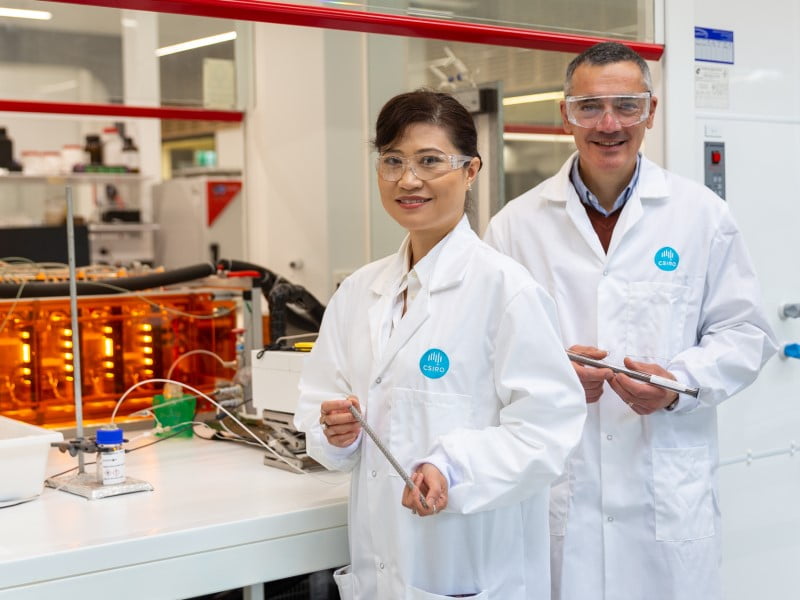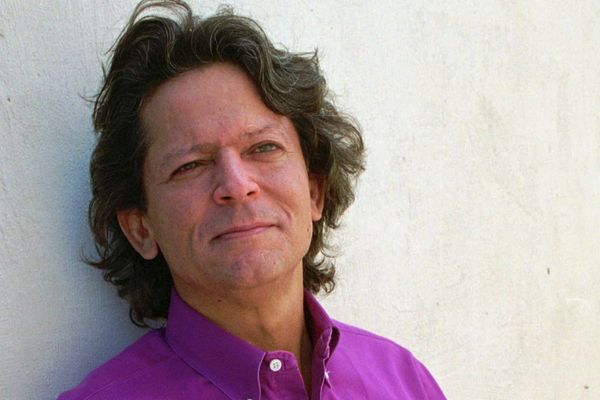CSIRO will lead development of a new hydrogen generator project for liquid organic carriers after receiving a $10 million investment from engineering consultancy Advanced Carbon Engineering.
Over six years, CSIRO aims to build a pilot scale hydrogen generator, capable of producing 2kg of hydrogen per day, followed by a demonstration scale generator that will produce 20kg.
After the technology is proven by CSIRO’s Hydrogen Industry Mission team, Advanced Carbon Engineering intends to establish a facility in Australia to produce and maintain the generator technology for domestic use and exports.

The generator will be designed for off-grid power supply, replacing diesel generators, and could be used as a hydrogen-car refuelling station. The demonstrator will be similar in size to a 12-metre shipping container.
It is unclear how much the generator will cost to operate but it is expected to be powered using its own energy generation.
The hydrogen generators will be designed to accept liquid organic hydrogen carriers (LOHC). Hydrogen is bound to these organic chemical compounds — such as methanol, toluene, or benzyl toluene — through hydrogenation at the point of production because they have properties that make the hydrogen cheaper to transport and store.
While ammonia is an alternative feasible carrier for hydrogen, CSIRO believes it is not suited for the non-industrial setting of a small-scale hydrogen generator due to the chemical’s toxicity and difficulty in handling.
According to the HySupply consortia — a multi-year hydrogen supply chain feasibility study undertaken between researchers at Australian and German institutions — shipping, production, and storage of ammonia and methanol is the most “technically straightforward” among potential hydrogen carriers.
Transporting hydrogen by itself would require expensive and difficult to maintain pressurised gas or cryogenic trucks, whereas LOHCs could be transported using the same liquid carrier trucks that transport diesel and petrol. Existing petrol and diesel pipeline and storage infrastructure could also be utilised.
The hydrogen generators will use CSIRO patented catalytic static mixer (CSM) technology to separate hydrogen gas from the LOHC via dehydrogenation. The LOHC can then be reused as a carrier for further hydrogen production.
The key advantage of CSM technology over existing packed bed reactor technology is its relative ease of scalability, according to CSIRO researcher Dr John Chiefari.
CSIRO deputy hydrogen industry mission lead Dr Vicky Au said the project is the first time Australian technology will be used to extract hydrogen from a LOHC.
“Australia has the potential to become an energy superpower through hydrogen, but we need to find better methods of safely transporting and storing it at scale,” Dr Au said.
“To get the hydrogen industry moving, we need to be able to get hydrogen where it will be used by the consumer. This generator unit will do just that, and will be compact enough to move to where it’s needed — whether that’s a farm, a festival, an industrial facility, or a mine site.
“The power of industry and research coming together cannot be overstated when delivering the solutions needed for a sustainable future.”
Earlier this week modular hydrogen power bank producer Endua, which utilises CSIRO developed electrolyser technology, raised $7.5 million in its latest funding round. It is also designed fro off-grid energy supply.







